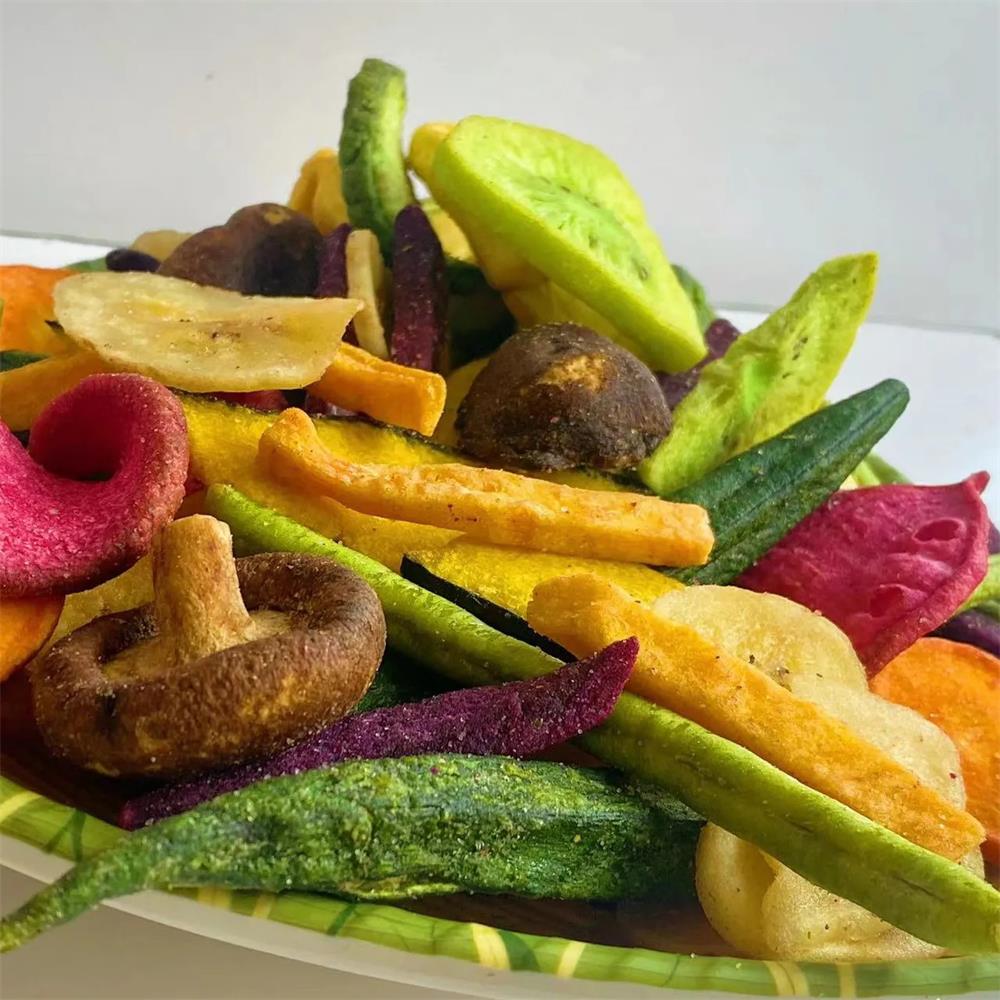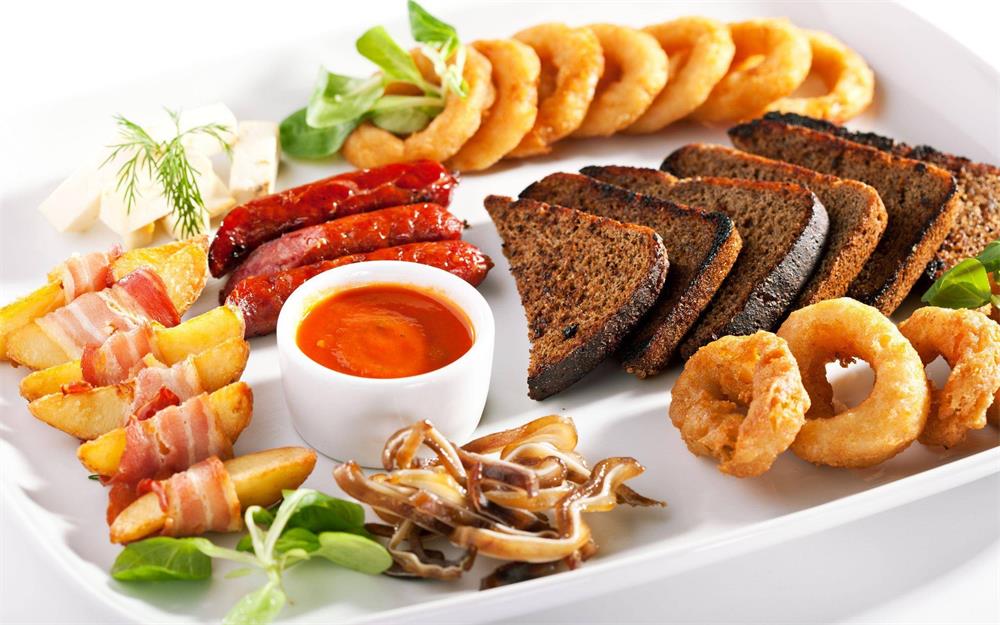In the world of food manufacturing, efficiency is key. Every manufacturer is constantly looking for ways to streamline operations, reduce overhead costs, and maintain product quality. One area where businesses in the food industry can see significant improvements is in the use of concentrated soy sauce. By adopting concentrated industrial style soy sauces, soy sauce powder, and solidified soy sauce, manufacturers can cut down on storage space, reduce shipping costs, and optimize production processes. These innovations in soy sauce formulation have made a noticeable impact, particularly in large-scale production environments.
1. What is Concentrated Soy Sauce and Why Does It Matter?
Concentrated soy sauce is essentially a more potent form of traditional soy sauce, created by reducing the water content and intensifying the flavor. Unlike regular soy sauce, which is typically made by fermenting soybeans and wheat and then diluting it with water, concentrated versions pack the same rich, savory flavor into a smaller volume. The concentrated industrial style of soy sauce is particularly designed for use in large-scale manufacturing. It retains all the core attributes of regular soy sauce but in a form that is easier and more economical to handle on an industrial scale.
The primary advantage of concentrated soy sauce lies in its compact nature. Manufacturers can use a much smaller quantity of concentrated soy sauce to achieve the same flavor intensity as a larger quantity of traditional liquid soy sauce. This feature directly impacts two significant logistical challenges in food production: storage space and shipping costs.
2. Reducing Storage Space with Concentrated Soy Sauce
Storage space is often a major concern for food manufacturers. Traditional soy sauce, due to its high water content, can take up a significant amount of warehouse space, especially when a business operates on a large scale. When soy sauce is concentrated, the volume of the product required for the same number of meals or food items is much smaller. This reduced volume allows manufacturers to store more products in the same space, optimizing warehouse capacity.
For example, a manufacturer might traditionally need to store several barrels of regular soy sauce. With concentrated soy sauce, they would only need a fraction of the volume to achieve the same flavor profile in their products. This reduced storage requirement means that manufacturers can either reduce the physical space needed for storage or repurpose that space for other ingredients, making it a more efficient use of resources.
Moreover, solidified soy sauce and soy sauce powder can take up even less space. These forms are not liquid, meaning they do not require refrigeration and can be packed more densely in storage. Soy sauce powder, for instance, can be packed into small, compact bags that are easy to store and transport, contributing to significant space savings.
3. Lowering Shipping Costs with Concentrated Soy Sauce
Shipping costs are another significant expense for food manufacturers. Traditional liquid soy sauce is heavy and bulky, making it costly to transport. Since concentrated soy sauce is significantly more condensed, it weighs less and takes up much less space in shipping containers. By switching to concentrated soy sauce, manufacturers can reduce the number of shipments required to move the same amount of product. This can lead to direct cost savings in transportation, especially over long distances or when shipping internationally.
The concentrated industrial style of soy sauce is particularly advantageous for businesses that need to export soy sauce or use it as an ingredient in their own products. Less volume and weight mean fewer containers and lower freight charges, ultimately saving the business money and increasing overall profitability.
For manufacturers that use soy sauce powder, the savings are even more dramatic. Soy sauce powder is lightweight, dry, and easy to package. This makes it even more cost-effective to ship than both regular and concentrated soy sauce. It also eliminates concerns about liquid spills or spoilage during transport, which can occur with traditional soy sauce, particularly in humid or extreme conditions.
4. Practical Applications of Concentrated Soy Sauce and Its Forms
The benefits of concentrated soy sauce extend beyond just storage and shipping; it also improves operational efficiency in the production process. Since concentrated soy sauce is highly concentrated, it requires less time to incorporate into recipes or products. This results in faster production times, reducing the overall labor costs associated with ingredient preparation.
Soy sauce powder and solidified soy sauce go one step further, allowing for even quicker and more convenient use in large-scale food production. These forms are ideal for products like instant noodles, snack foods, or seasoning mixes where speed and consistency are critical. Manufacturers can directly blend the powder into dry mixes or rehydrate it easily, saving valuable time during food preparation.
Additionally, since concentrated soy sauces and powders have a longer shelf life compared to traditional liquid soy sauce, they offer businesses the ability to stockpile large quantities without the concern of spoilage. This extended shelf life also translates into reduced waste, making it a more sustainable option for food manufacturers.
5. The Environmental Impact of Using Concentrated Soy Sauce
Using concentrated soy sauce and other solidified forms also benefits the environment. By reducing the amount of water in soy sauce production, manufacturers are conserving water, which is a critical resource. Furthermore, the reduction in packaging size and weight means less material is required for packaging, further decreasing the environmental footprint of soy sauce production. Whether it is soy sauce powder or solidified soy sauce, these forms contribute to a more sustainable approach to food manufacturing.
6. The Future of Soy Sauce in Food Manufacturing
As food manufacturers continue to seek ways to optimize their operations, the demand for more efficient ingredients like concentrated soy sauce, soy sauce powder, and solidified soy sauce is expected to grow. These innovations are not just about saving money; they are also about improving sustainability and meeting the evolving demands of the food industry.
With less storage space needed, lower shipping costs, and more efficient production processes, the adoption of concentrated soy sauce and its various forms can revolutionize the way food manufacturers approach ingredient sourcing and product creation. For companies looking to streamline operations and reduce overhead costs, integrating these soy sauce alternatives into their processes can offer tangible benefits that go beyond just flavor.




